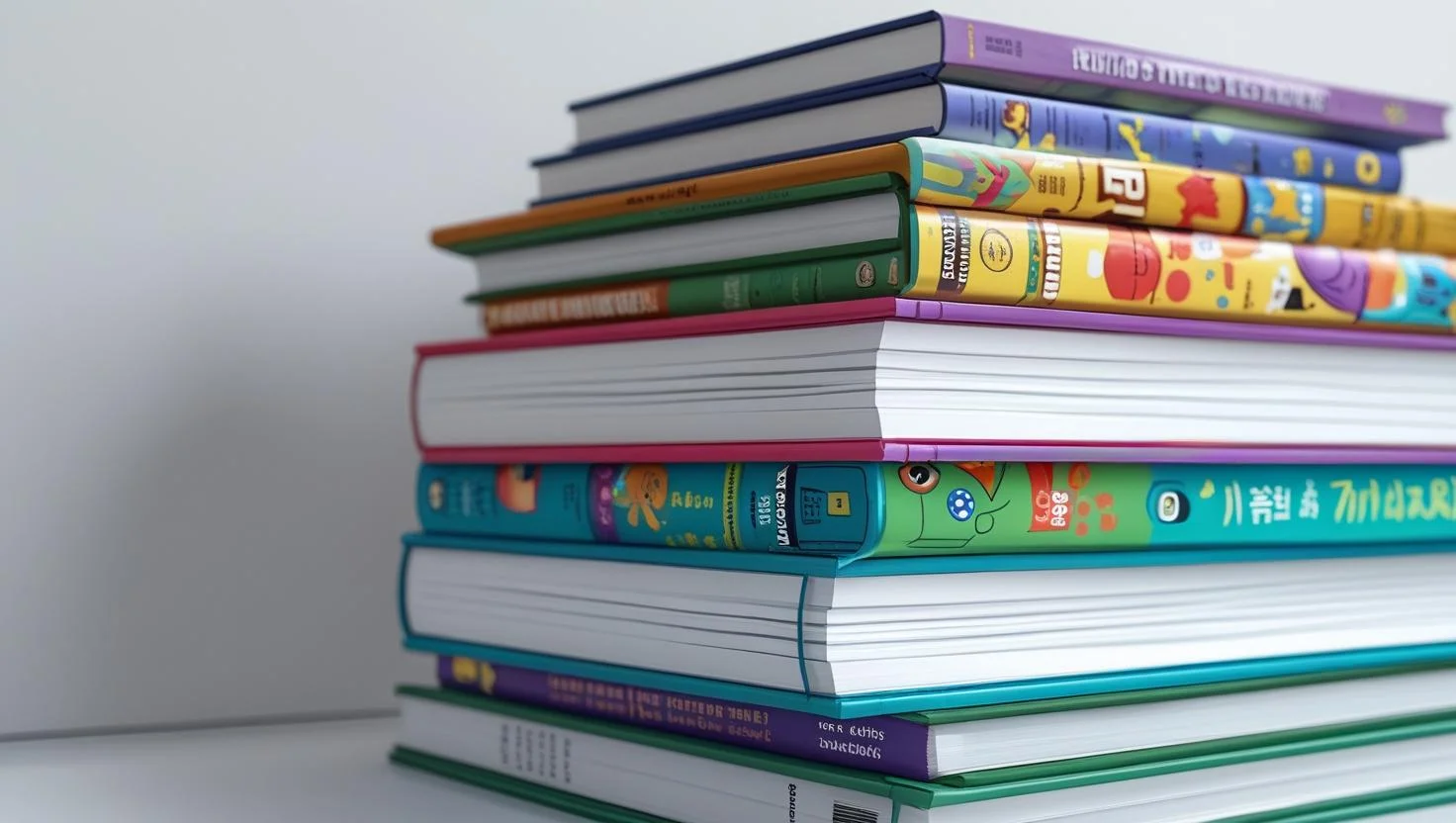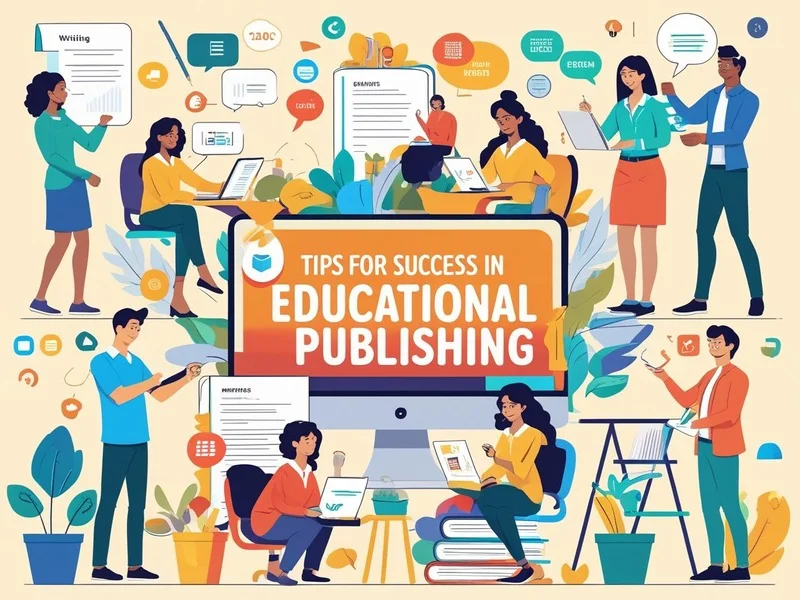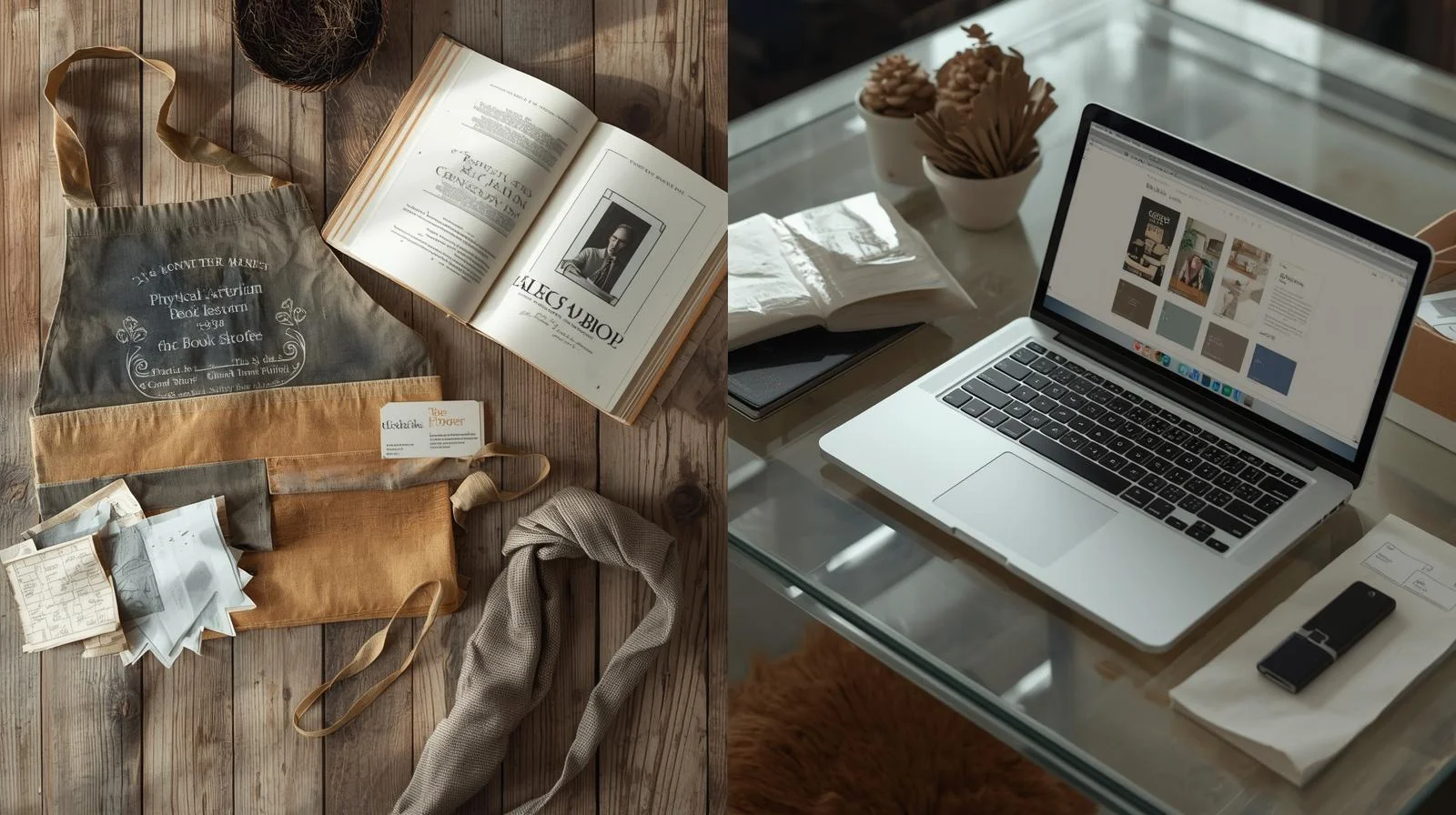Custom book printing helps educational publishers create high-quality textbooks, workbooks, and manuals. It offers flexibility, cost control, and tailored solutions. This guide explains what to expect, from choosing printing methods to managing costs and distribution. Whether you’re a small publisher or a large institution, understanding the process ensures your materials meet student and educator needs.
Table of Contents
ToggleWhy Choose Custom Book Printing?
Custom book printing allows educational publishers to design materials that fit specific curricula. Unlike traditional publishing, it offers control over content, design, and production. Here’s why it matters:
- Tailored Content: Create textbooks or workbooks aligned with your teaching goals.
- Flexible Print Runs: Print small or large quantities based on demand.
- Cost Efficiency: Avoid overstock with print-on-demand (POD) options.
- High-Quality Output: Ensure durable books for classroom use.
Key Printing Methods for Educational Publishers
Educational publishers can choose between two main printing methods: print-on-demand (POD) and offset printing. Each has unique benefits.
Print-on-Demand (POD) Printing
POD prints books only when ordered. This method suits small runs or niche materials.
- Low Upfront Costs: No need to invest in large print runs.
- No Inventory Storage: Books are printed and shipped directly to customers.
- Quick Updates: Easily revise content for new editions.
- Best For: Small publishers or supplemental materials like study guides.
Example: A 200-page, 6” x 9” paperback costs about $5-$6 per book with POD services like IngramSpark or KDP.
Offset Printing
Offset printing is ideal for large print runs. It offers high quality at a lower cost per book.
- Lower Per-Book Cost: Costs drop to $3-$4 per book for runs over 2,000 copies.
- Superior Quality: Sharp images and text for colorful textbooks.
- Best For: Large institutions needing thousands of copies.
- Drawback: Higher upfront costs and storage needs.
What to Expect During the Printing Process
The custom book printing process involves several steps. Knowing these helps you plan and avoid delays.
1. Manuscript Preparation
Prepare your manuscript as a print-ready PDF. Ensure proper formatting for fonts, margins, and images.
- Use software like Adobe InDesign or Microsoft Word.
- Check for consistent page sizes (e.g., 6” x 9” for textbooks).
- Include high-resolution images (300 DPI) for clarity.
2. Design and Customization
Customize your book’s design to suit educational needs.
- Cover Options: Choose hardcover, paperback, or coil-bound for workbooks.
- Paper Types: Select durable cream or white paper for heavy student use.
- Finishing: Add gloss, matte, or custom edge printing for a premium look.
3. Printing and Proofing
Most printers offer proof copies to check quality before full production.
- Review proofs for errors in text, images, or binding.
- Approve the proof to start printing.
- Expect 3-7 days for POD proofs or 3-5 weeks for offset validation proofs.
4. Distribution and Fulfillment
Distribute books to schools, libraries, or online retailers.
- Global Reach: Services like IngramSpark connect to retailers like Amazon and Barnes & Noble.
- Direct Sales: Use platforms like Lulu Direct to sell through your website.
- Fulfillment: Printers handle packaging and shipping for POD orders.
Costs of Custom Book Printing
Costs vary based on printing method, book size, and quantity. Here’s a breakdown:
- POD Costs: $5-$6 for a 200-page paperback; higher for color or larger sizes.
- Offset Costs: $3-$4 per book for 2,000+ copies, but requires upfront investment.
- Additional Fees: Cover design, ISBN registration, or distribution fees (e.g., IngramSpark’s 1.5% market access fee).
- Bulk Discounts: Order 100+ copies for savings (e.g., 48 Hour Books offers 25 free books for every 100 ordered).
Choosing the Right Printing Partner
Selecting a reliable printer is crucial. Consider these factors:
- Experience: Choose printers with expertise in educational materials, like Core Print Solutions.
- Customization: Look for options like custom sizes, bindings, and paper types.
- Support: Ensure the printer offers customer service for file reviews or project guidance.
- Distribution: Opt for printers with global networks for wider reach.
Common Questions from Educational Publishers
Here are answers to questions often asked by publishers (inspired by Google’s “People Also Ask”):
How Long Does Custom Book Printing Take?
POD orders take 3-7 days for printing and shipping. Offset printing takes 5-7 weeks for production, plus shipping.
Can I Print Small Quantities?
Yes, POD allows printing as few as one book. This is ideal for test runs or niche materials.
How Do I Ensure Book Durability?
Choose durable paper and binding (e.g., PUR binding) for books that withstand heavy use.
Tips for Success in Educational Publishing
To maximize the impact of your printed materials:
- Align with Curriculum: Ensure content meets educational standards.
- Test with Educators: Get feedback from teachers to refine materials.
- Leverage Digital Tools: Combine print with eBooks for hybrid learning.
- Market Effectively: Use social media or email campaigns to promote your books.
Why Custom Printing Benefits Educational Publishers
Custom book printing empowers educational publishers to create high-quality, tailored materials. It offers flexibility, cost control, and global distribution options. By choosing the right printing method and partner, you can focus on creating content while leaving production to experts. Start your project today to bring your educational vision to life.







